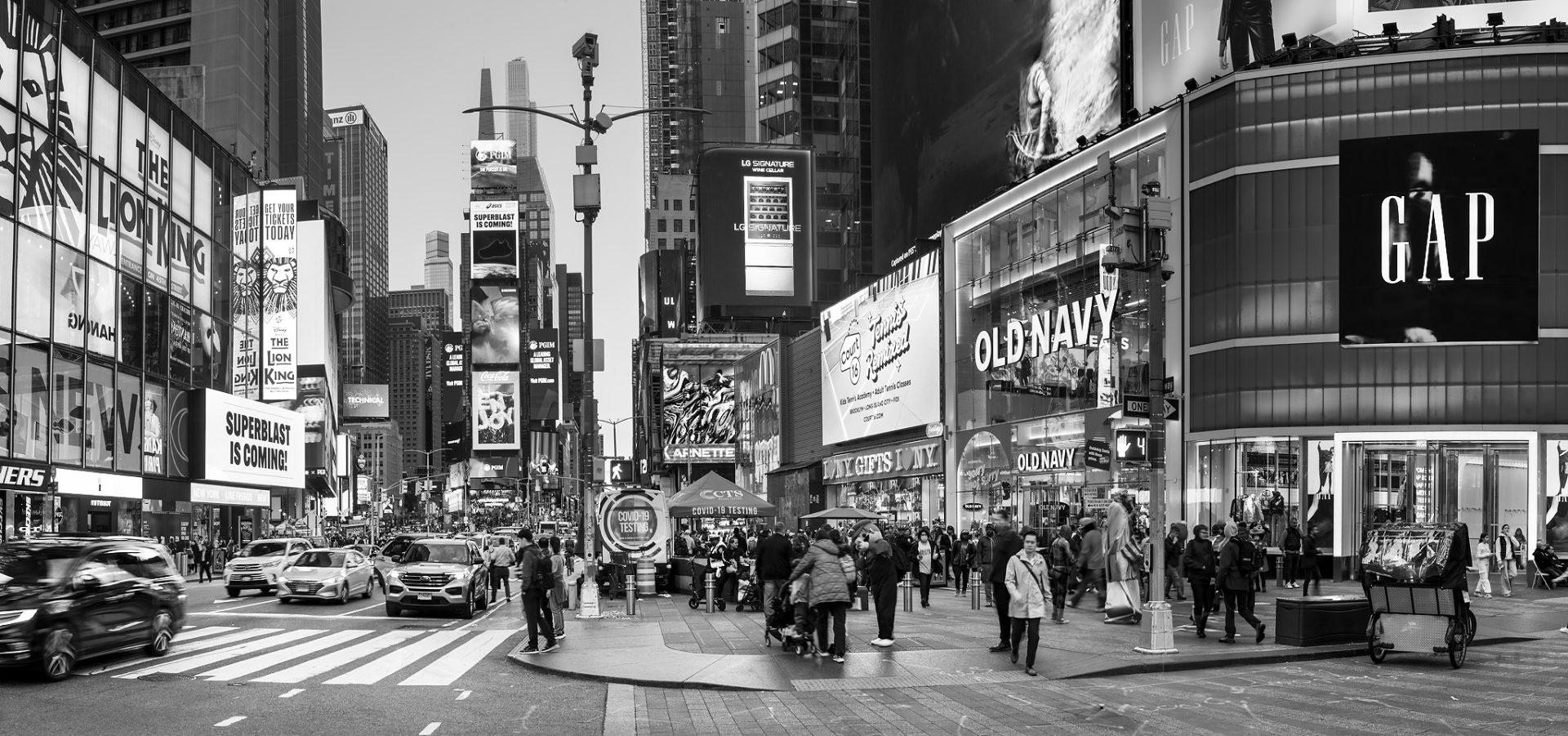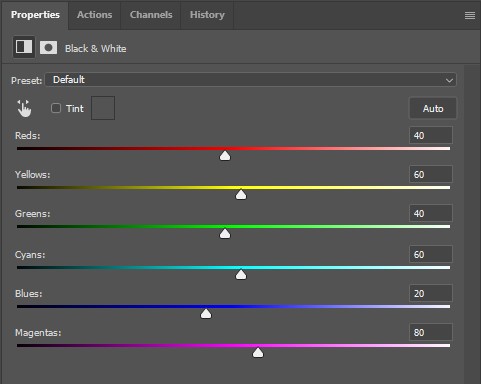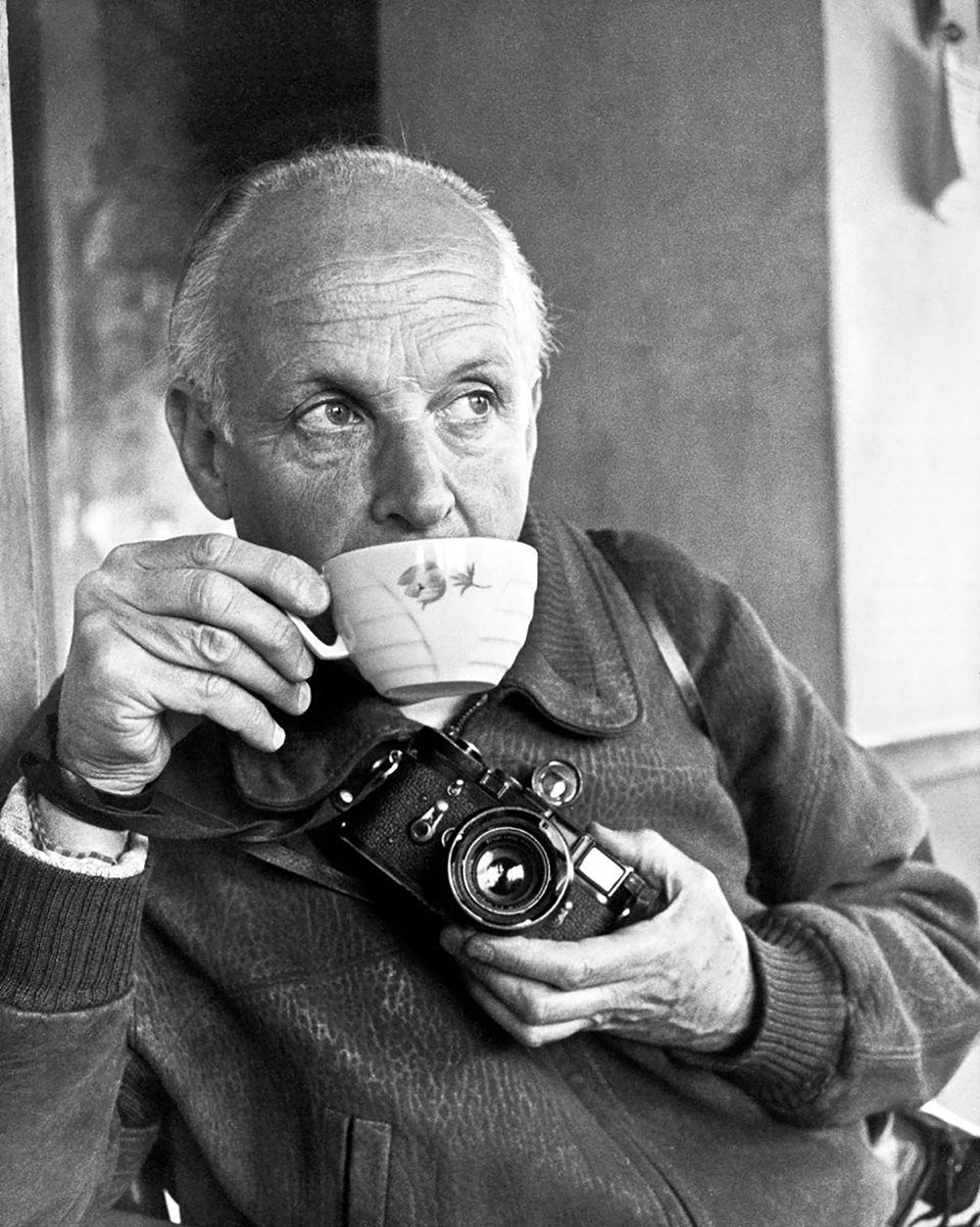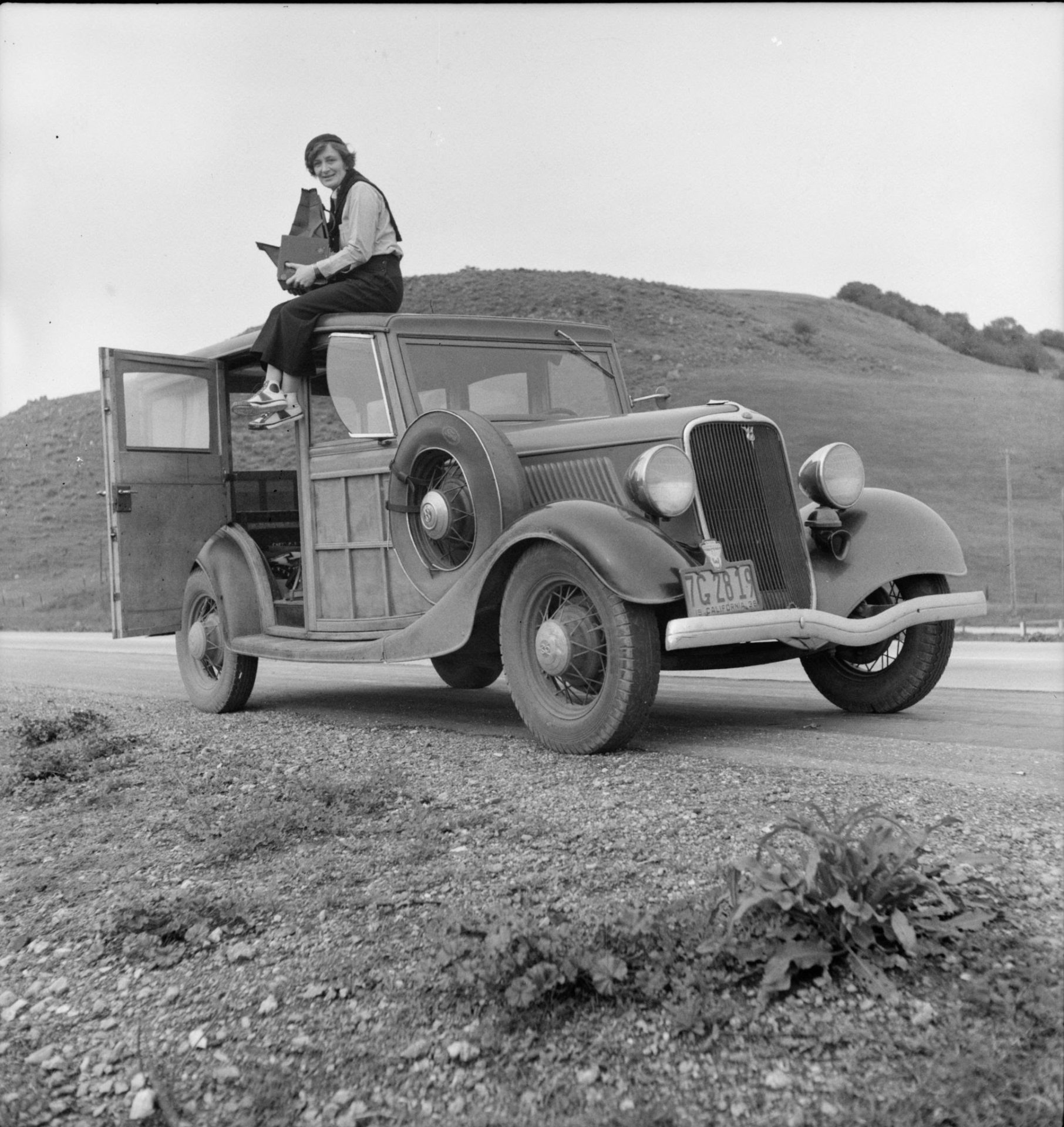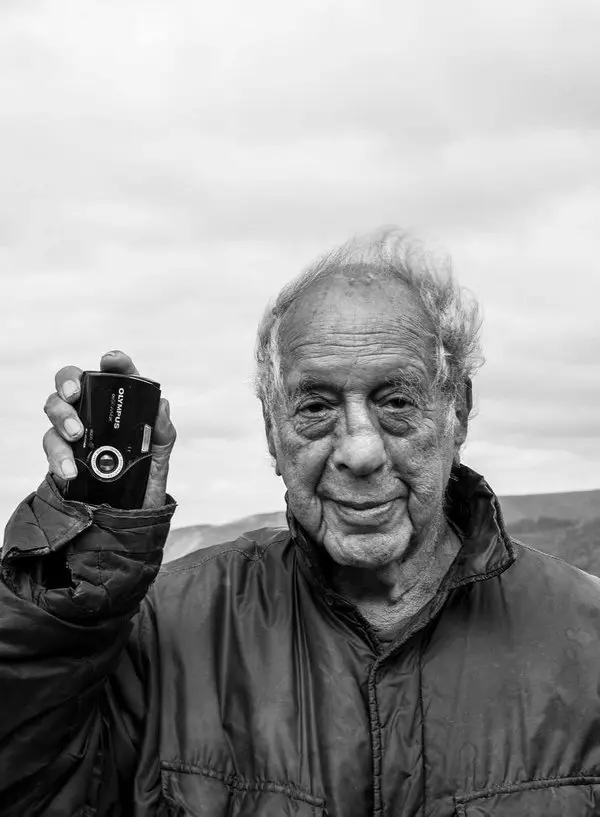Black and white photography holds a timeless allure, transcending the era of its inception to remain a powerful medium in the digital age. Stripping away the distraction of color, it emphasizes textures, shapes, and the play of light and shadow. It allows photographers to craft evocative, nuanced compositions that speak to the essence of their subjects.
However, the digital era presents a pivotal question for enthusiasts and professionals alike: Should one capture images directly in black and white using the camera’s monochrome mode, or is it better to shoot in color and convert to black and white during post-processing? This discussion explores both approaches, aiming to provide clarity for those passionate about black and white photography.
Shooting in Black and White Mode
Many digital cameras offer a monochrome or black and white shooting mode. This feature allows photographers to visualize their scene directly in black and white through the viewfinder or on the LCD screen.
This approach can be incredibly beneficial for those honing their eye for contrast, texture, and composition without the influence of color.
Pros:
- Immediate Feedback: Shooting in black and white mode offers instant feedback on how lighting and composition work without color, aiding in the development of a keen sense for black and white aesthetics.
- Simplification: It simplifies the shooting process, allowing photographers to focus on elements like texture, light, shadow, and composition without the distraction of color.
Cons:
- Limited Flexibility: Capturing images directly in black and white commits you to that format, removing the option to revert the photo back to color if desired.
- Potentially Reduced Control: In-camera black and white conversion may not always utilize the full dynamic range and detail captured by the sensor, potentially leading to less nuanced final images compared to those converted in post-processing.
Shooting in Color and Converting to black and white in Post-Processing
The alternative is to shoot in color, typically in RAW format to maximize data capture. The photographer converts it to black and white photo during the editing phase.
This method offers the greatest flexibility and control over the final image. It also allows for intricate manipulation of tones, contrast, and grain.
Pros:
- Maximum Flexibility: Shooting in color retains the maximum amount of information recorded by the sensor, providing a broader range of possibilities for the black and white conversion.
- Enhanced Control: Post-processing software offers sophisticated tools for adjusting the luminance of specific colors, fine-tuning contrast, and applying targeted adjustments to different areas of the image, enabling a higher degree of creative control over the final outcome.
- Option to Revert: Keeping the original color file allows photographers to revisit their choices, offering the opportunity to produce both color and black and white versions of an image.
Cons:
- Requires More Skill and Time: The post-processing route demands a good understanding of photo editing software and a greater time investment to achieve the desired black and white effect.
- Delayed Visualization: Photographers do not have the immediate feedback of seeing their composition in black and white, which can make it more challenging to visualize the final result when shooting.
Converting your Color Photos to Black and White
When converting a color image into black and white in Photoshop, best practices revolve around meticulous control and creative vision. My advice would be to use the Black & White adjustment layer instead of simply desaturating the image. This method allows for the precise tweaking of how individual colors convert into shades of gray. Manipulating the sliders corresponding to the colors present in your image can dramatically change the mood and contrast. It will enable you to highlight specific elements or create depth.
Additionally, consider employing the dodge and burn tools to further define highlights and shadows. This way you will enhance the overall dynamism and texture of your composition. Layer adjustments, such as curves and levels, can also be pivotal in fine-tuning the final look. These adjustments allow for a more nuanced control over tonal range and contrast. Lastly, don’t forget to pay attention to grain and noise. Adding a slight grain can lend a classic, filmic quality to your black and white image, imbuing it with character and a sense of timelessness.
Black and White Photography Masters
In the pantheon of black and white photography, several luminaries have defined and redefined the medium with their visionary work. These masters left an indelible mark on how we perceive the world through monochrome lenses.
Ansel Adams
Among these, Ansel Adams stands as a colossus. His name synonymous with the breathtaking landscapes of the American West, captured with an unparalleled mastery of light, shadow, and the myriad tones in between.
Adams was not just a photographer but a visual poet. His meticulous Zone System for controlling exposure and development elevated the technical craft of black and white photography to new heights. His iconic images of Yosemite National Park and the Sierra Nevada are not merely photographs but hymns to the sublime beauty of nature, rendered in stunning gradations of gray.
But Adams is just one star in the vast firmament of black and white photography.
Henri Cartier-Bresson
Henri Cartier-Bresson, with his concept of “the decisive moment,” brought a lyrical, almost ethereal quality to street photography. His captures of fleeting moments of everyday life pulse with emotion and narrative depth.
Dorothea Lange
Dorothea Lange’s haunting portraits from the Great Depression era. Particularly “Migrant Mother,” humanize historical events with a rawness and intimacy that color could never convey.
Robert Frank
And Robert Frank‘s “The Americans” offers a gritty, unflinching look at mid-20th century American society, with each frame telling its own complex story of loneliness, joy, and the search for connection.
These photographers, among many others, have wielded black and white photography not just as a technique but as a language to express visions, emotions, and truths in a way that color cannot replicate. Their work continues to inspire and challenge future generations of photographers. It makes us look beyond the surface and find the soul of the subject matter, proving that black and white photography remains a powerful medium for storytelling and artistic expression.
Conclusion
The choice between shooting directly in black and white or converting from color in post-processing depends largely on personal preference. Your personal workflow, and the specific demands of a project. For those dedicated to mastering the nuances of black and white photography, experimenting with both methods can provide valuable insights. Shooting in black and white mode offers a way to train the eye to see beyond color. It will foster an intuitive sense for the interplay of light and shadow. Conversely, the post-processing approach offers unparalleled control and flexibility. It will allow you to craft images with a depth and texture that might not be achievable in-camera.
Ultimately, black and white photography is not just a matter of removing color. It involves a deep understanding of composition, texture, contrast, and lighting. Whether choosing to shoot in black and white directly or converting from color in post, the goal remains the same. To capture the world in a way that evokes emotion, tells a story, or captures a moment with timeless elegance.

